China's younger generations seek better exhibition experiences through rare works, digitalization and interaction, Xu Lin and Wu Yong report.
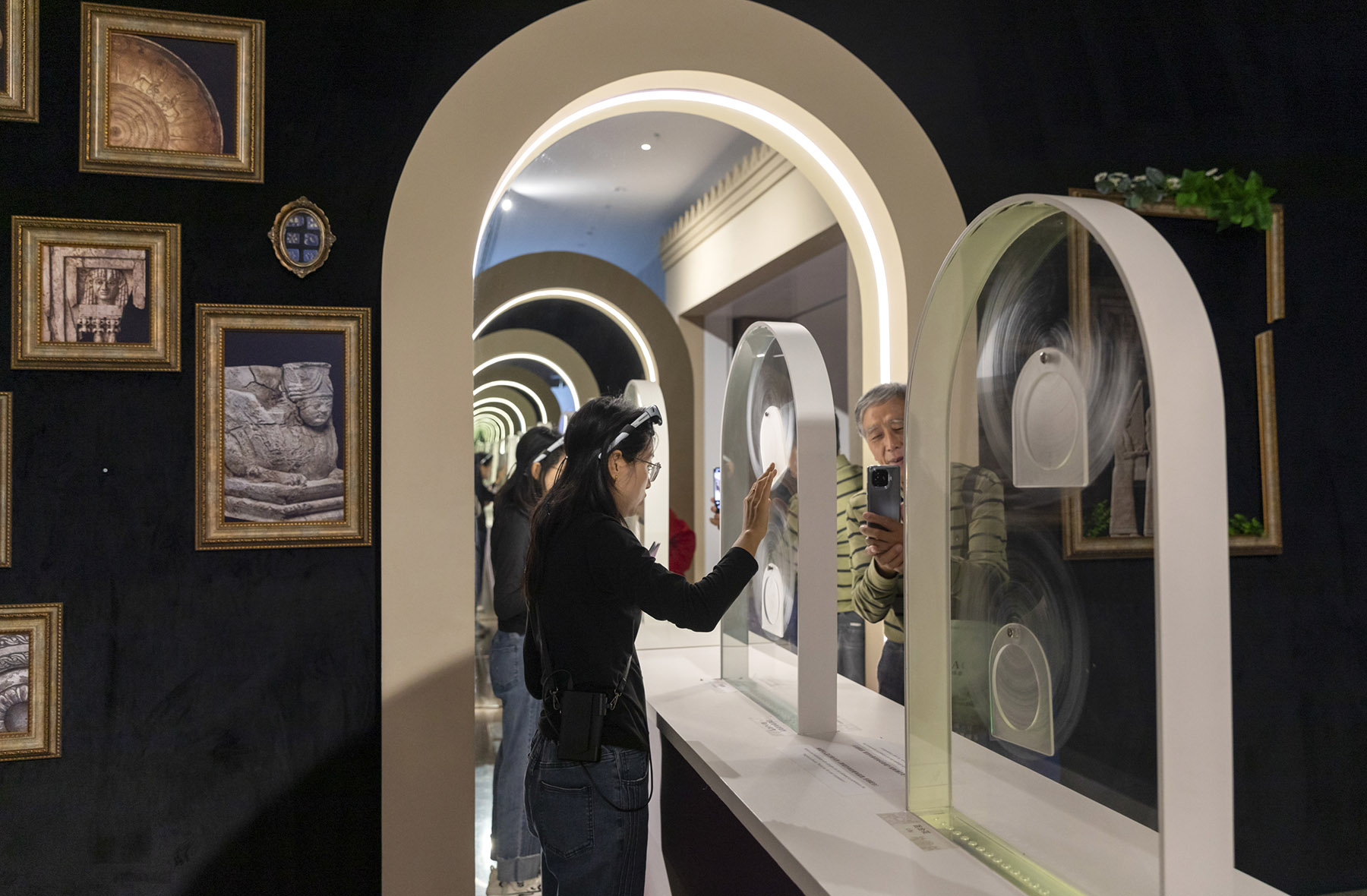
Along line winds its way around the corner as people eagerly await their turn to view Rui He Tu (Auspicious Cranes), a legendary traditional Chinese painting masterpiece created by Zhao Ji (1082-1135), also Emperor Huizong during the Northern Song Dynasty (960-1127).
The painting features 20 white cranes against an azure sky above the palace gate draped in magical clouds to mark an auspicious event that occurred on the 16th day of the first month on the Chinese calendar in 1112.
Among the bustling crowd, 30-year-old university teacher Wu Xinying from Kaifeng, Central China's Henan province, patiently waits for a second time, enduring 50 minutes in line to catch another glimpse of the artwork.
READ MORE: An Assyrian story of gore and glory
The Liaoning Provincial Museum in Shenyang city showcased the treasured painting for one month, concluding at the end of October. It hadn't been on display since 2020.
Renowned for its excellence and the rare chance to view it, the masterpiece has drawn many tourists like Wu from other cities. After the exhibition, the painting will sit in the warehouse for three years as the museum strives to balance utilizing and preserving its cultural treasures.
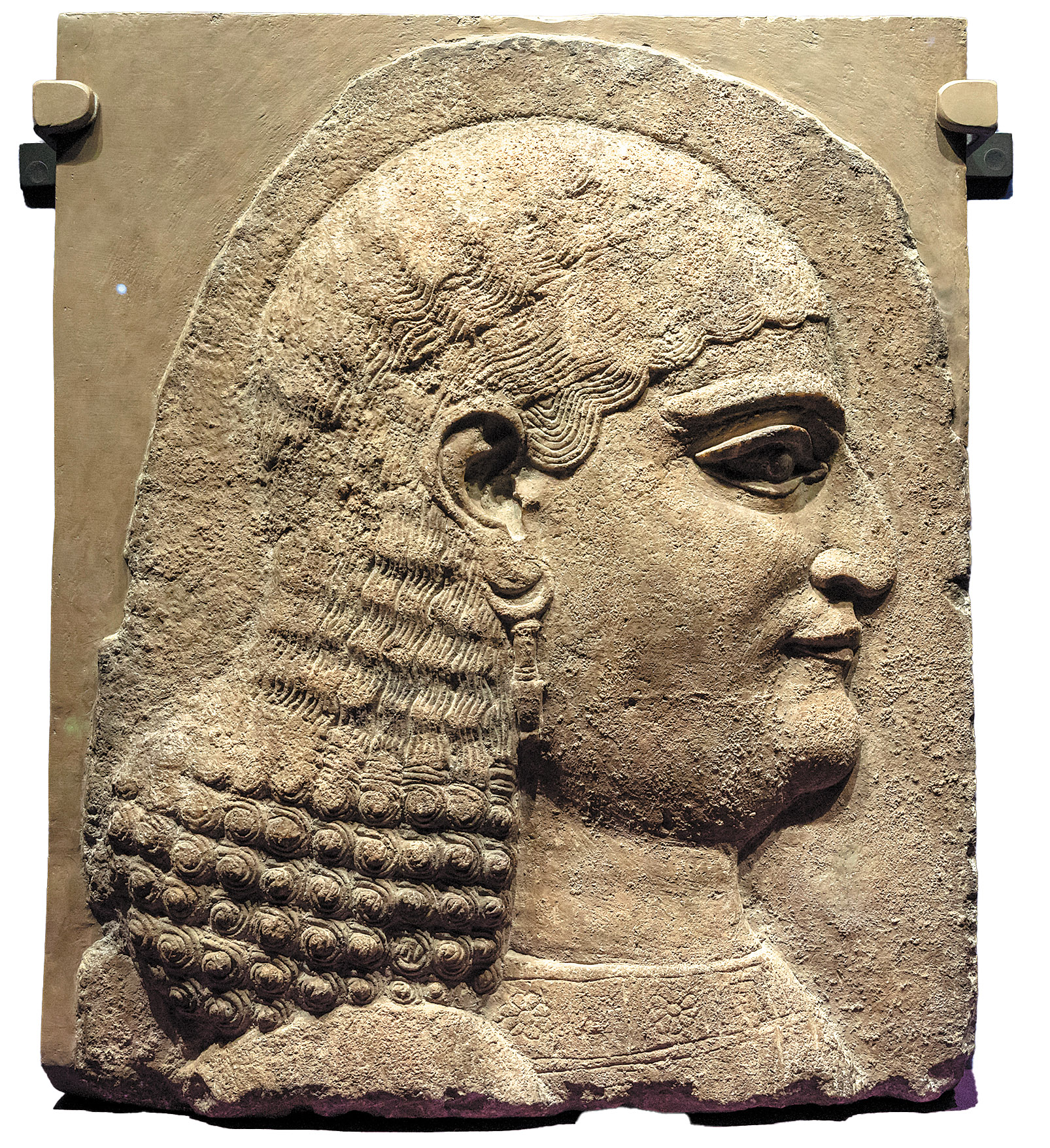
Visually touching the heart
"The painting describes a scene from ancient Kaifeng, once the capital of the Northern Song Dynasty. The city where I work and live still maintains the inheritance of Song culture, emphasizing the importance of China's cultural heritage. This visual encounter touches my heart more deeply than reading or hearing about it," Wu says.
"When you view the original artwork with the naked eye, you can see the techniques used, such as color layering and brushstroke applications that digital replicas can't convey."
According to her, as Chinese calligraphy and paintings age over time, cracks and fading intertwine with the vivid original colors to create an enduring artistry that transcends the boundaries of time. "I'm fascinated by these changes. It's a way to experience the beauty inherent in history," she says.
The museum lover takes one or two days off in addition to the weekend to embark on short trips to other cities to see exhibitions she's interested in.
"Every museum highlights the special aspects of its region. Chinese culture is rich and diverse with a long history. Some cities were former capitals of dynasties, allowing for a historical retrospective into those periods," she says.
"Visiting exhibitions in new places feels like unwrapping a blind box. I enjoy life's surprises, and merging travel with exhibitions is a double delight."
She recommends that travelers prepare by reading relevant materials and books and watching documentaries to enhance the effectiveness and rewards of their visits.
Zhang Yue, 34, an office worker from Shanghai, recently traveled to Anyang, Henan province, to visit the Yinxu Museum.
The museum displays the archaeological findings of the Yinxu Ruins, the remains of the ancient city of Yin, one of the capitals of the late Shang Dynasty (c. 16th century-11th century BC).
Zhang is impressed by Shang's wine culture showcased through the museum's wide collection of bronze wine vessels featuring elegant shapes and intricate patterns.
She also learned about how the diviners of Shang used oracle bones to tell fortunes. They engraved small holes and notches on tortoise shells or ox scapulae, and then burned them in a fire, interpreting the burned cracks as omens.
"Visiting museums enhances one's understanding of history and art, and you can connect different pieces of knowledge the more you see. When you see artifacts, you can delve into the stories behind them. It's more engaging than reading books and gives deeper insights into ancient customs and traditions," Zhang says.
Her exhibition preferences include Chinese calligraphy, paintings from both China and abroad, and Buddhist statues. She often hires an experienced museum guide to tour the exhibitions and provide detailed explanations.
"When I visit art exhibitions, I'm often captivated by discovering new pieces. It deepens my understanding of art and the historical background of the works," Zhang says.
More Chinese people, especially the younger generations, are traveling to other cities specifically to visit museum exhibitions that pique their interest.
Museums have become important tourist attractions and draw a large number of visitors during holidays. According to the National Cultural Heritage Administration, museums across the country received 74.88 million visitors during the 2024 National Day holiday.
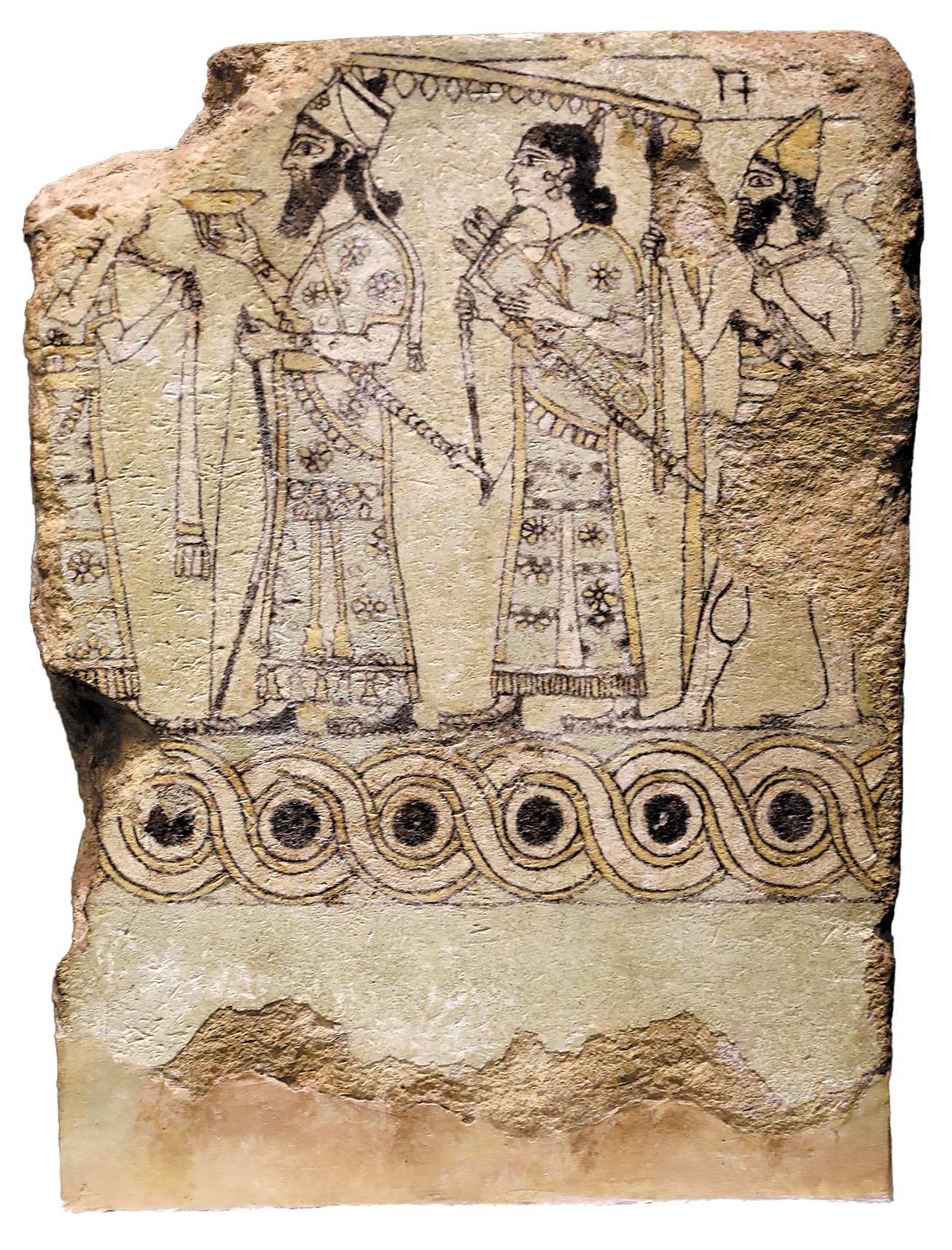
Visitor preparations
More tourists mean that museums need to take measures to ensure a smooth experience for everyone. The Liaoning Provincial Museum trained its staff by conducting emergency drills the day before Rui He Tu was displayed. Visitors were allowed to line up until the museum's 5 pm closing time and the staff worked overtime to ensure those in line could view the painting.
"When there is visitor overflow, it's crucial to manage the long line, prevent people cutting in, keep those in line satisfied and treat everyone fairly. Also, our staff members clean the glass in the exhibition hall more frequently for a clear view of the artifacts," says Dong Baohou, the museum's deputy director.
"We kindly remind the audience not to linger too long. Everyone wants to stay a bit longer, but more visitors are waiting."
During the recent winter and summer vacations, a lot of large luggage was stored at the museum. Since last summer, there hasn't been enough storage space. They expanded the area by renovating a vacant room and setting up temporary storage with shelves for better organization.
"It's a direct indicator that more out-of-town tourists are visiting the museum," Dong says.
"Curating an exhibition is like directing a film. The cultural relics serve as actors selected based on the narrative you wish to convey," he says. Sometimes, they borrow artifacts from other museums to complement their collection.
He says museums should also focus on educational tours, academic lectures and cultural creative products relevant to an exhibition, catering to the diverse preferences of visitors.
"It's vital for museums to create a comfortable environment for visitors, such as clear signage. Museums must display artifacts in a way that ensures easy understanding for all visitors, supported by informative tour guidance, digital technology and interactive experiences," he says.
"We respond quickly to online comments from visitors and offline feedback in the guest book, working to implement suggestions that are sensible and achievable. Such reactions can leave a favorable impression of the museum, which is a calling card for Liaoning province."
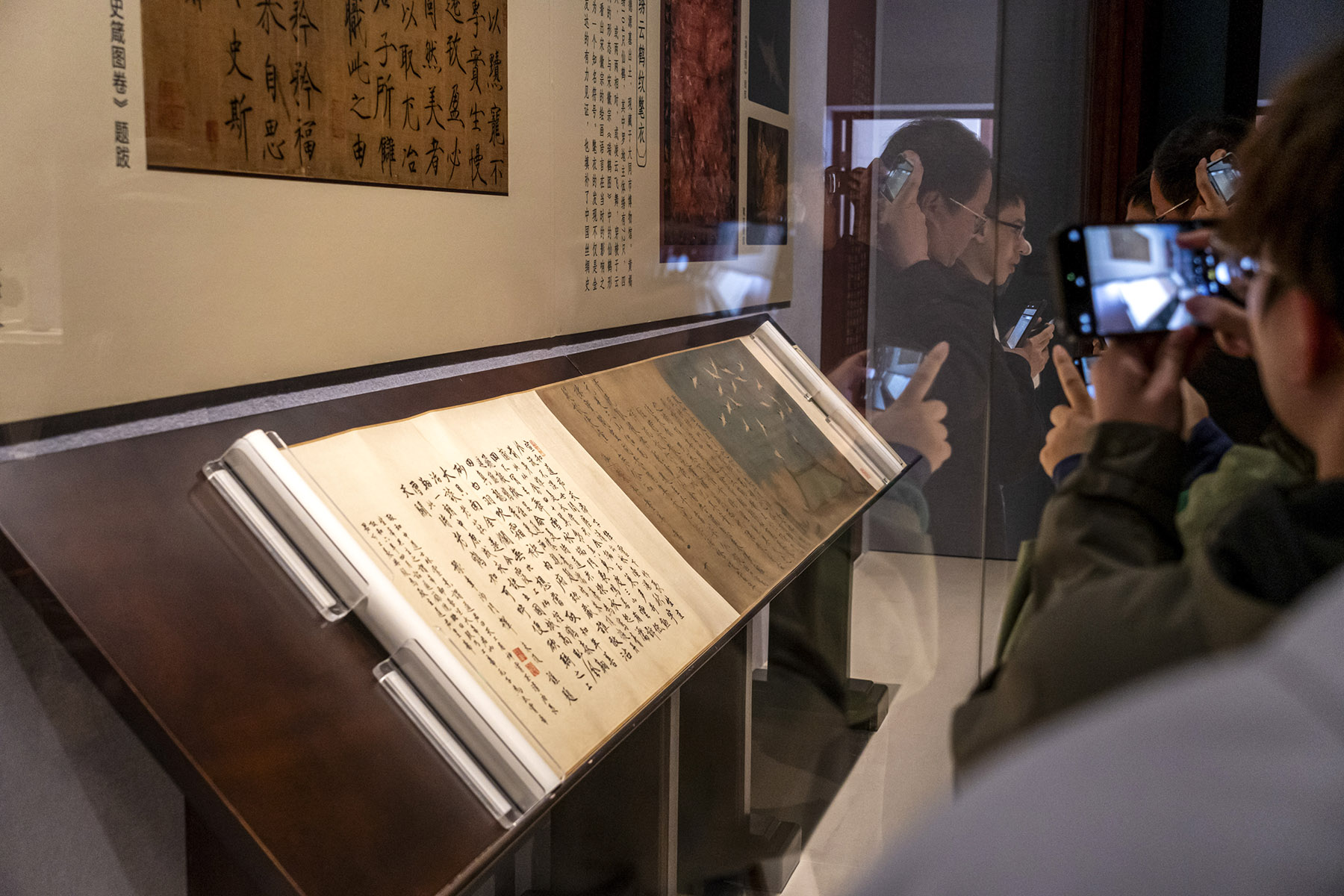
Overseas relics build interest
With more international cooperation between museums from China and abroad in recent years, visitors can now view various overseas exhibits without leaving the country, making museum travel more attractive.
In 2021, Suzhou Museum in the eponymous city in East China's Jiangsu province, launched a long-term collaboration to present a series of exhibitions on ancient civilizations, such as Roman and Greek, showcasing the enviable collection from the British Museum.
The ongoing exhibition I Am Ashurbanipal: King of Assyria, which will end in August 2025, sheds light on the lesser-known civilization of Assyria (9th century-6th century BC).
"Each exhibition lasts a year, ensuring that visitors are constantly attracted to and engaged by our offerings. By attending the exhibitions, they achieve a unique experience," says Xie Xiaoting, the museum's curator.
Suzhou Museum has conducted three surveys on these exhibitions. Data showed that about 60 percent of the visitors came from regions outside Suzhou, with about 40 percent coming from Jiangsu and Zhejiang provinces and Shanghai, which are adjacent to Suzhou.
"Young visitors prefer interactive experiences and have higher expectations for exhibitions, rather than passively receiving information. We try our best to inspire them to delve deeper into the stories behind the exhibits as we curate them," Xie says.
For instance, visitors can smell the scents of common flowers and spices from the Assyrian period at the exhibition.
According to Xie, digitalization offers a potential solution to visitor overcrowding by allowing people to see a digital version instead. When the museum reaches a certain number of visitors, an alarm will be triggered to prompt staff members to take measures to manage the flow.
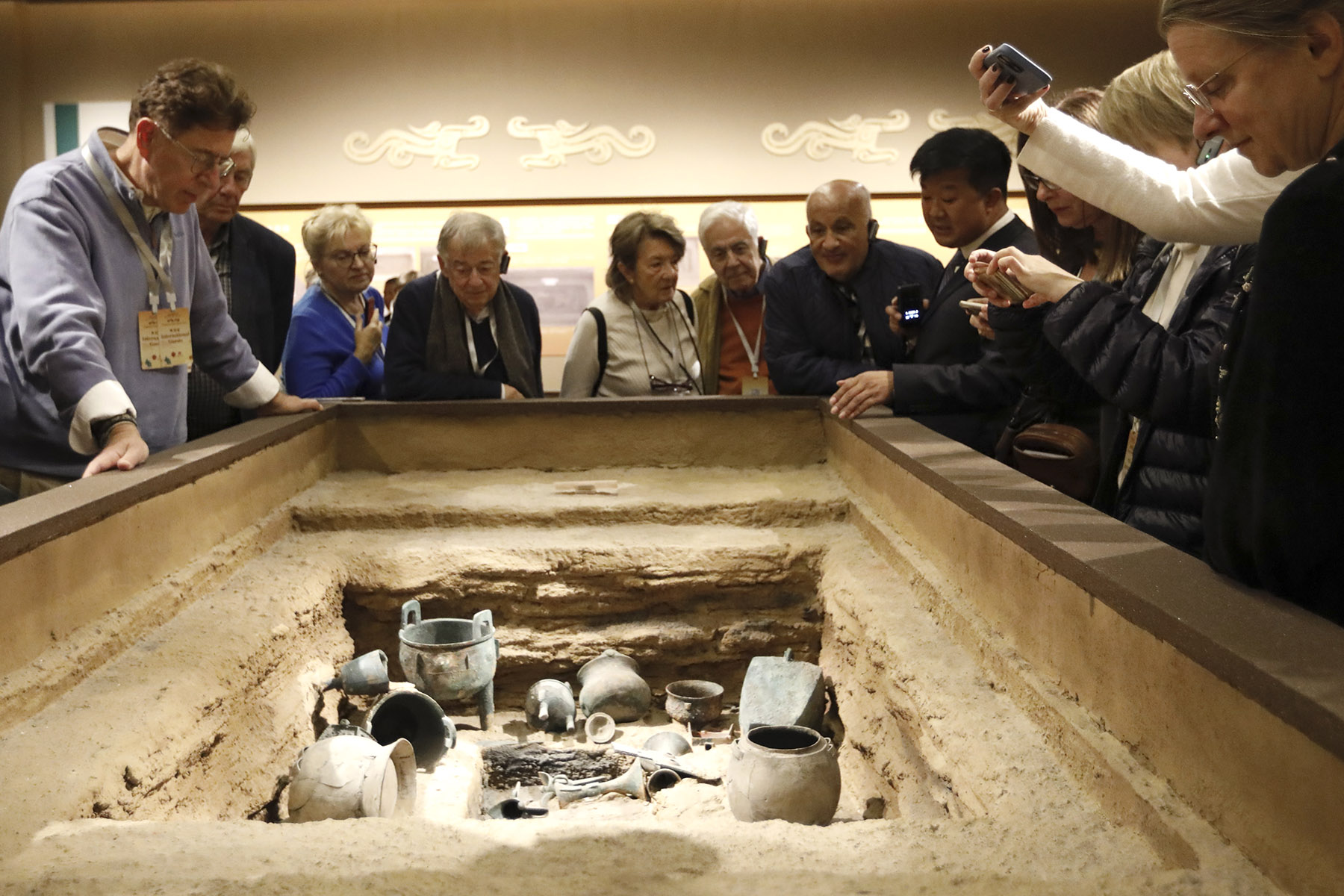
Museum tourism booms
"The rise in museum tourism is making more people aware that China has many to explore. A museum's display can elevate the profile of a city, offering visitors insights into its culture and history," Xie says.
She attributes the popularity of museums among young Chinese people to several reasons.
"Governments at all levels pay great attention to museums, issuing relevant policies and regulations to guide our work," she says.
Economic advancement has led to an increased demand for cultural consumption and experiences. Therefore, there has been a shift in habits from merely sightseeing to seeking out cultural and museum institutions.
"Free admission at most museums reduces the cost for audiences and they are more willing to visit. Meanwhile, museums provide diversified cultural experiences, such as exhibitions using digital technology, educational activities and cultural creative products," she says.
ALSO READ: Yinxu Museum helps US scholars dig deeper into Shang history
Wu Liyun, a professor at the Beijing International Studies University's China Academy of Culture and Tourism, agrees.
"In recent years, China has focused on protecting cultural and intangible heritage. So museums now offer more cultural products. Younger Chinese people are more interested in traditional Chinese culture. The variety of museum offerings along with entertainment shows featuring museums are attracting them," she says.
"When museums become major attractions, the public pays more attention to the importance of cultural resources. Tourists can encourage museums to further preserve artifacts and develop varied products."
Wu Liyun suggests that museums fully explore local cultural relics and exhibits to enrich their displays. Smaller museums can enhance their appeal by borrowing exhibits. A hit cultural creative product can quickly boost a museum's popularity, so museums must intensify that efforts to develop such offerings.
Contact the writers at xulin@chinadaily.com.cn



